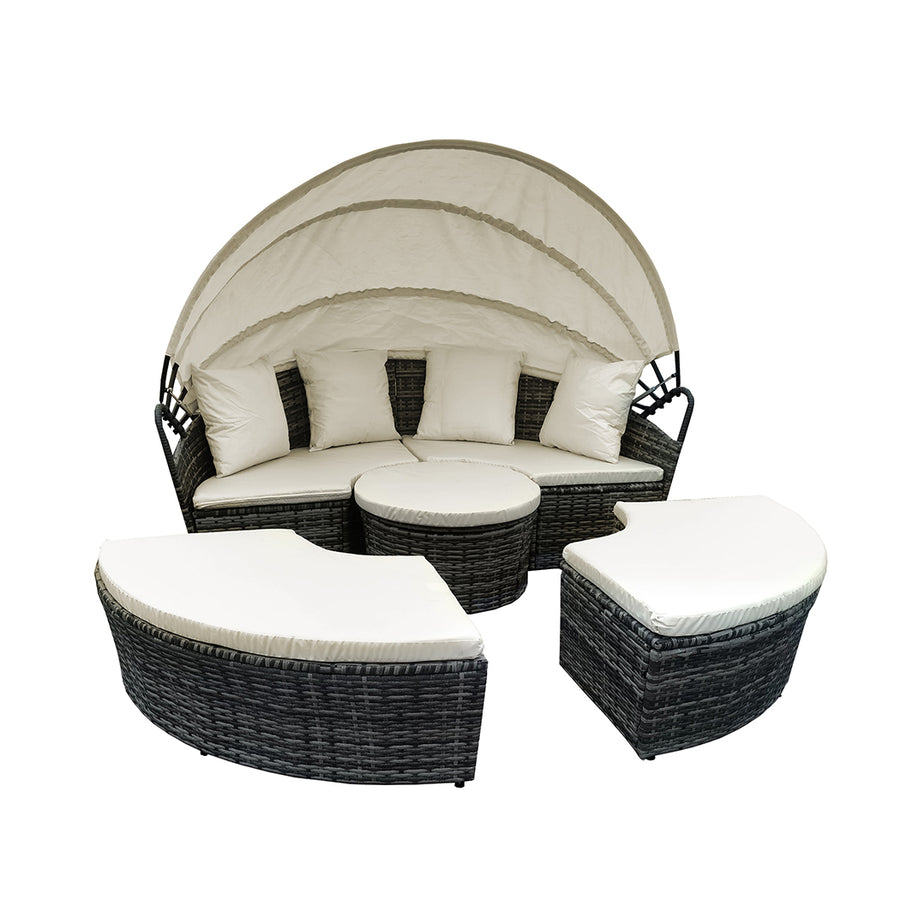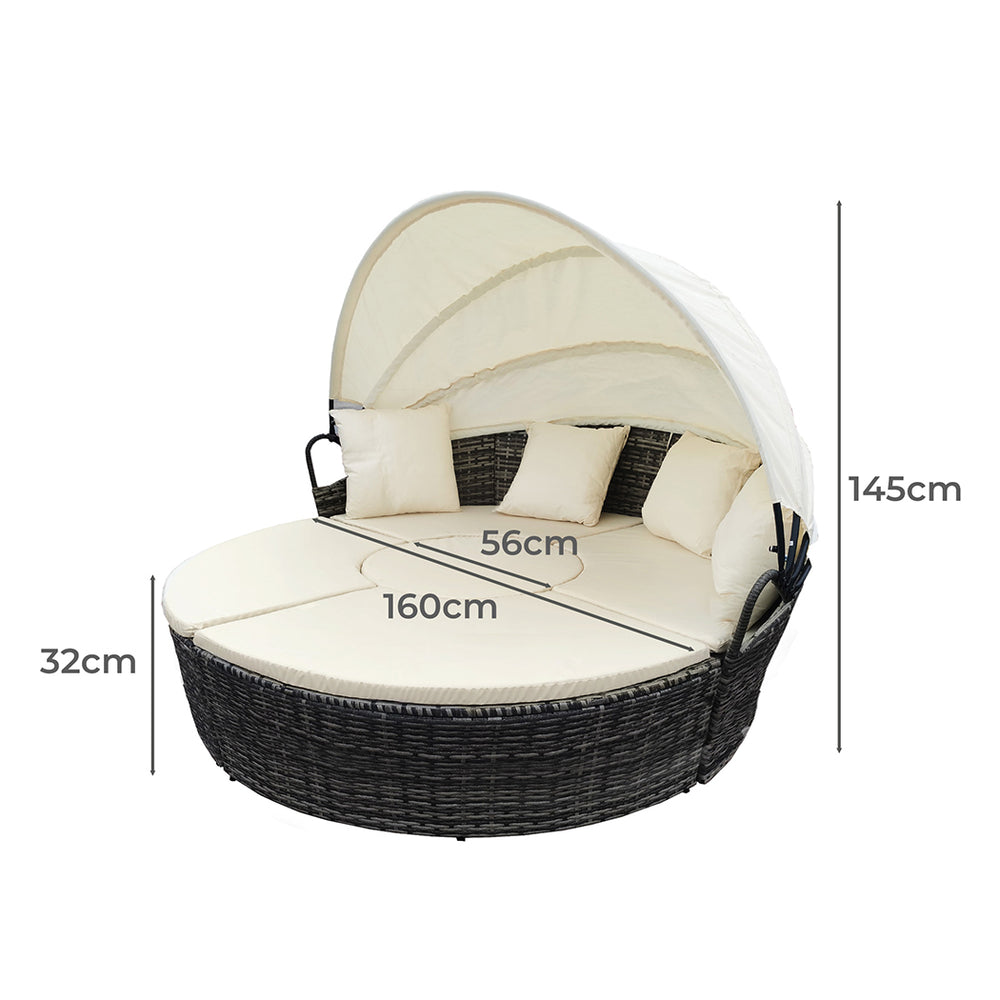
Standing vs Sitting Desk: What’s Best for You?
Ever finish a workday feeling more exhausted than you should—aching back, tight shoulders, foggy brain? You’re not alone. Whether you’re grinding away at a home office, logging hours in a studio, or gaming deep into the night, your desk setup could be silently working against you.
In recent years, standing desks have gone from Silicon Valley trend to everyday must-have. But does standing really trump sitting? Or is it just another overhyped ergonomic fad?
The truth is: there’s no one-size-fits-all answer.
In this guide, we’ll break down the real differences between sitting and standing desks—no fluff, no gimmicks. You’ll get expert-backed pros and cons, practical tips, and even a clear guide on how to find your ideal desk height (because yes, that matters a lot more than you think).
Let’s dive in—and help you build a desk setup that works with your body, not against it.
The Sitting Desk: Classic, Comfortable—but Risky?
Let’s face it: sitting desks are the default. From school to the office, we’ve grown up working from chairs. And with the right chair and setup, a sitting desk can absolutely be comfortable and efficient.
But here’s the catch—comfort can lead to complacency, and too much sitting is where problems creep in.
Pros of Sitting Desks
-
Familiar and accessible – You likely already have one, and they’re easier to find and afford.
-
Great for focused tasks – Writing, designing, gaming—these are often easier to do when seated and grounded.
-
Ergonomic chair options – When paired with the right chair, a sitting desk can support your back, arms, and hips beautifully.
Cons of Sitting Desks
-
Encourages long periods of inactivity – Sitting for hours without movement has been linked to increased risk of heart disease, poor posture, and lower energy levels.
-
Poor setups = poor health – Many people don’t realise how their chair height, monitor angle, and keyboard placement can affect their body over time.
-
“Tech neck” and tight hips – These are just two common outcomes of poorly adjusted sitting desks.
Real Talk:
It’s not sitting that’s the problem—it’s sitting too long without breaks or proper ergonomics. If you’re sticking with a sitting desk, you’ve got to do it right (more on that in the ideal desk height section).
Standing Desk: Trendy & Healthier—or Just Hype?
Standing desks have exploded in popularity, thanks to growing awareness of the dangers of prolonged sitting. But before you jump on the bandwagon, let’s take a closer look: Are standing desks really the productivity-boosting, posture-fixing miracle they’re made out to be?
The short answer: they can be—but only if used correctly.
Pros of Standing Desks
-
Encourages more movement – Standing naturally makes you shift, stretch, and adjust, which keeps your body active throughout the day.
-
Improves posture – When set to the correct height, standing desks reduce slouching and can relieve pressure on your lower back.
-
Increases alertness – Many users report feeling more energised and focused when standing, especially during collaborative tasks or virtual meetings.
-
Reduces the risks of sedentary behaviour – Standing more throughout the day has been linked to better metabolic health and reduced back pain.
Cons of Standing Desks
-
Fatigue and discomfort – Standing too long can lead to sore feet, tight calves, and lower back strain—especially without an anti-fatigue mat or supportive shoes.
-
Not ideal for every task – Precision tasks like drawing, writing long-form content, or gaming may be harder to focus on while standing.
-
Can cause poor posture too – Just because you’re standing doesn’t mean you’re standing correctly. Hunching over your screen is still possible.
Ergonomic Reminder:
Standing all day is just as problematic as sitting all day. The key is variety and movement—stand, stretch, sit, repeat.
Sit-Stand Hybrid: The Best of Both Worlds?
Why choose between sitting or standing when you can do both? Enter the sit-stand desk, also known as an adjustable or convertible desk. It’s the goldilocks solution for modern work life—and for good reason.
Instead of committing to one posture all day, the sit-stand desk encourages movement and flexibility, which is exactly what your body (and brain) crave during long hours at a desk.
Benefits of Sit-Stand Desks
-
Freedom to switch postures – Easily transition from sitting to standing with a button push or manual lift.
-
Supports better circulation and energy – Standing for bursts throughout the day can boost mood and reduce fatigue.
-
Customisable to your work style – You can sit during deep focus sessions and stand during calls or admin work.
-
More ergonomic control – These desks make it easier to fine-tune your workspace to your body’s needs.
What to Watch For
-
Cheap versions can wobble – Not all adjustable desks are created equal. Look for stable, smooth-lifting mechanisms.
-
Takes time to build the habit – Switching postures is a learned rhythm. Set timers or use posture reminders to start.
Pro Tip:
Start with 15–30 minute standing intervals, then gradually build up. The goal isn’t to stand all day—it’s to keep moving throughout the day.
A sit-stand hybrid approach combines the benefits of both worlds and allows for more body-conscious working. But for any desk setup to be truly effective, there’s one factor people often overlook.
What Is the Ideal Desk Height?
You can have the fanciest desk in the world—standing or sitting—but if the height isn’t right, you’re setting yourself up for pain. Literally.
The ideal desk height is all about alignment. It ensures your shoulders relax, your wrists stay neutral, and your neck isn’t constantly craning. And no—it’s not the same for everyone. It depends on your height, your chair, your monitor, and how you work.
For Sitting Desks
Your desk height should allow:
-
Elbows at a 90° angle when typing, with forearms parallel to the floor
-
Wrists straight, not bent up or down
-
Feet flat on the floor or on a footrest
-
Monitor at or just below eye level, about an arm’s length away
Ideal sitting desk height range:
- For someone 160cm tall → ~63–66cm
- For someone 180cm tall → ~71–75cm
For Standing Desks
Your setup should allow:
-
Forearms parallel to the ground, elbows at 90°, wrists straight
-
Screen at or just below eye level so your head stays upright
-
Weight evenly distributed, with knees soft (not locked)
-
Anti-fatigue mat and supportive shoes highly recommended
Ideal standing desk height range:
-
160cm tall → ~95–100cm
- 180cm tall → ~105–110cm
Quick Tip:
Use this simple formula:
Desk height = elbow height when bent at 90° while sitting/standing
Not sure? Stack some books under your keyboard or monitor and adjust until your wrists and neck feel neutral. Comfort is the goal—not some arbitrary number.
How to Choose What’s Best for You
With so many pros and cons on both sides, you might still be wondering: "So… which desk setup is right for me?" The answer? It depends on your body, your job, and how you like to work.
Let’s break it down so you can make the call with confidence.
Key Questions to Ask Yourself
-
How many hours a day do I spend at my desk?
If it’s more than 4–5 hours, switching between sitting and standing can reduce fatigue. -
Do I already have any pain or posture issues?
Back pain, neck tension, or wrist strain might mean your current setup isn’t doing you any favours. -
What kind of work do I do?
Writing, design, gaming, and detailed work may benefit from seated stability. Zoom meetings, admin, or emails are great while standing. -
What’s my budget?
Sit-stand desks come in a range of prices. Manual converters can be more affordable than full electric setups. -
Am I likely to stick to a new routine?
Standing desks sound appealing, but they require commitment. Will you actually use it—or sit anyway?
The point? There’s no right or wrong answer—only what’s right for you. And if your needs change, your setup can too.
It’s Not About Sitting or Standing—It’s About Moving
After all the comparisons, pros, cons, and posture tips, here’s the truth:
It’s not sitting or standing that matters most. It’s how much—and how often—you move.
Whether you're team sit, team stand, or somewhere in between, your body was built for movement, variation, and flow—not static postures for 8 hours straight.
Key Takeaways:
-
Sitting isn’t evil—but too much of it is.
-
Standing isn’t a magic bullet—it needs proper setup and balance.
-
The real win? Changing positions often. Alternate, stretch, reset.
Action Plan:
-
Start by adjusting your current desk height for better posture.
-
If you're curious, try a standing desk converter before investing fully.
-
Set a timer to move or stretch every 30–60 minutes.
-
Choose a setup that fits your lifestyle, not just what’s trending.
You don’t need the fanciest desk on the market. You just need one that supports your work, your body, and your focus. Because when your workspace works with you, everything else gets better.





